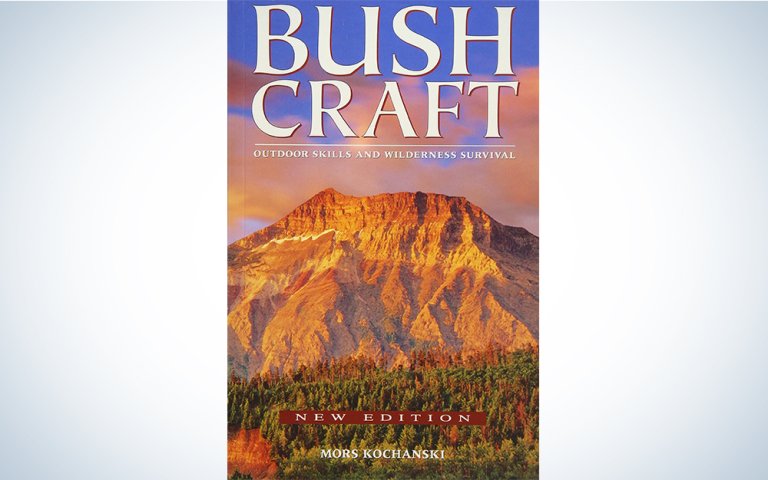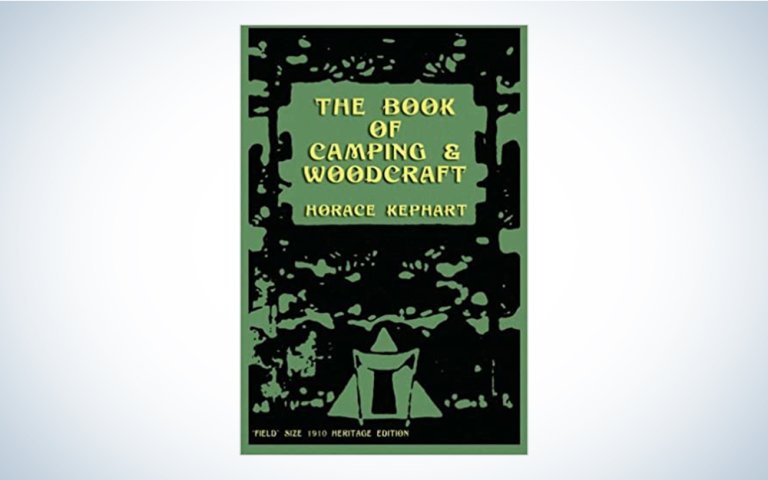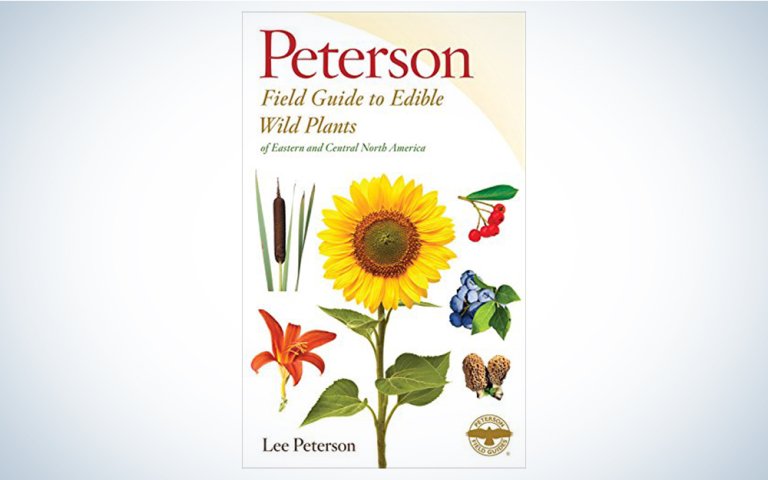We may earn revenue from the products available on this page and participate in affiliate programs. Learn More ›
Before you blow a bunch of cash on new camping gear, you’d be wise first to invest in your wilderness education. Because, when you’re camping, no amount of gear can compensate for a lack of outdoors wisdom and skills. You have to know the woods. We’ve compiled four books, for both beginners and seasoned sportsmen, that’ll up your outdoors know-how before your next big outing.
The author of this much-praised, bestselling guide, Mors Kochanski, was a longtime wilderness-survival instructor, and his magnum opus, first published in 1988, is loaded with useful facts and tips you won’t find elsewhere. It covers camping basics, too, to be sure: lighting and maintaining a fire, felling trees, chopping wood, building shelters, cooking, first aid. Bushcraft 101 by Dave Canterbury is a good substitute if you can’t track down a copy of Kochanski’s classic tome.
If you’re an absolute camping newbie, first, welcome to the fold! Second, you’d be wise to pick up this handy field guide, by the classic American brand Pendleton. It covers the basics of campfire cooking, preparing and packing for a trip, and setting up camp. It also includes a history of national parks, step-by-step tutorials, and more. The book was published in March 2020, so it should be easy to procure a copy.
Horace Kephart is perhaps best known for drumming up public support for the formation of the Great Smoky Mountains National Park. He also wrote a series of articles for Field & Stream that were later collected and published as The Book Of Camping And Woodcraft, which would become regarded as the definitive work on living and thriving outdoors. Not all the tips have aged well but the bulk has, and the book remains a wealth of hard-won outdoor knowledge. Since it’s in the public domain, it’s also super cheap, so there’s no reason not to add it to your library.
Pocket-sized and straightforward, this book includes illustrations of 400 wild plants—370 of them edible—in the Eastern United States, along with more than 20 preparation instructions. As such, it’s essential for any bug-out bag, but everyday campers would benefit from bringing it along, too. With edible plants, you can improve food you’ve packed in or forage entire meals.




